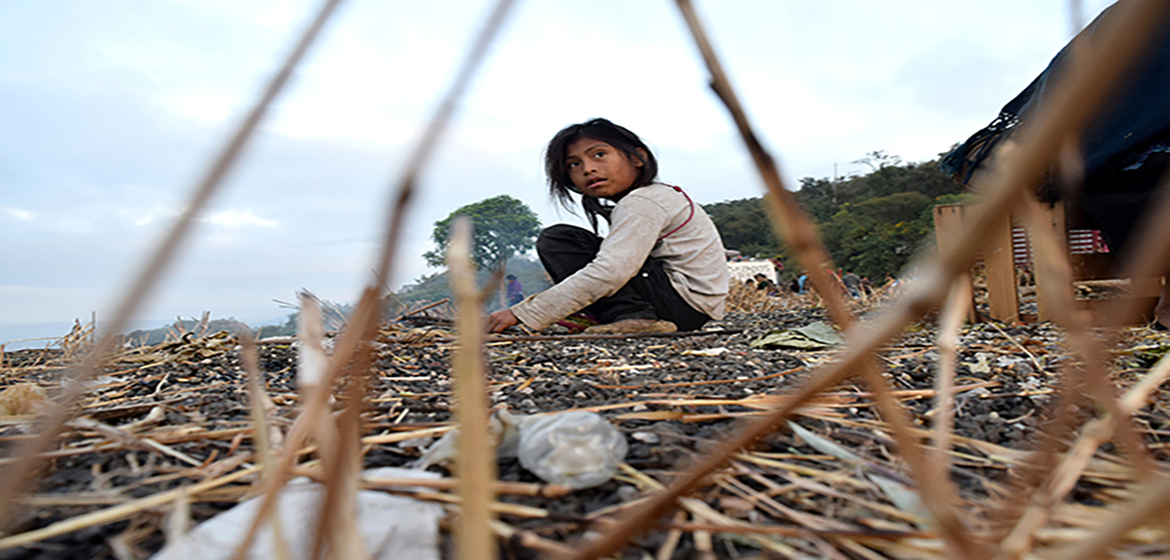By Sonia Elks
LONDON (Thomson Reuters Foundation) - Rampant corruption and weak laws are fuelling attacks on indigenous people trying to protect their land, with murders more than doubling in five years to a record high, researchers said on Thursday.
Traditional communities play a key role in managing forests and reducing climate change but, under growing pressure from incursions, murders of forest and land defenders hit a record 185 known cases in 2017, up from 83 in 2013, a report found.
“These are the communities that have traditionally managed the forest effectively,” Darragh Conway, lead author of the paper by NYDF Assessment Partners, a network of civil society and research institutions, told the Thomson Reuters Foundation.
“When they don’t have rights, it’s essentially open season for governments to give out license to agriculture companies, to mining companies ... They get pushed out, their rights get taken away ,and in the process the forest gets destroyed.”
It is the fourth annual assessment of progress toward meeting the 2014 New York Declaration on Forests, which aims to halve deforestation by 2020 and end it by 2030.
The report comes amid calls for greater protection for indigenous people from demands to free up their land for agriculture, mines and highways after the suspected killing of an American missionary on a remote Indian island.
At least a quarter of the world’s carbon stored above ground in tropical forests is found in territories managed by indigenous people and local communities, research has shown, and rates of deforestation are lower in areas they manage.
Brazil had the highest rate of killings of forest and land defenders, followed by the Philippines and Colombia, the report found.
Those responsible are often “literally getting away with murder”, with convictions secured in less than 10 percent of 122 killings in Colombia between 2010 and 2016, it said.
It said that widespread corruption prevents investigations into killings, and also means short-term priorities and special interests often drive decisions on forests.
Indigenous communities have increased the share of forest where they have legally-recognized rights in 41 countries surveyed to more than 15 percent in 2017 from under 11 percent in 2002, the report said.
However, in many cases their rights remain limited or are not respected in practice, it found.
“Far too often, forest peoples have seen government corruption turn into violence against us,” Victoria Tauli-Corpuz, the United Nations special rapporteur on the rights of indigenous peoples, said in a written statement.
“Enforcement with stronger teeth - and a conscience to match - can slow down this stampede. But political will is needed first.”
Source:
Related to SDG 16: Peace, justice and strong institutions and SDG 13: Climate action



